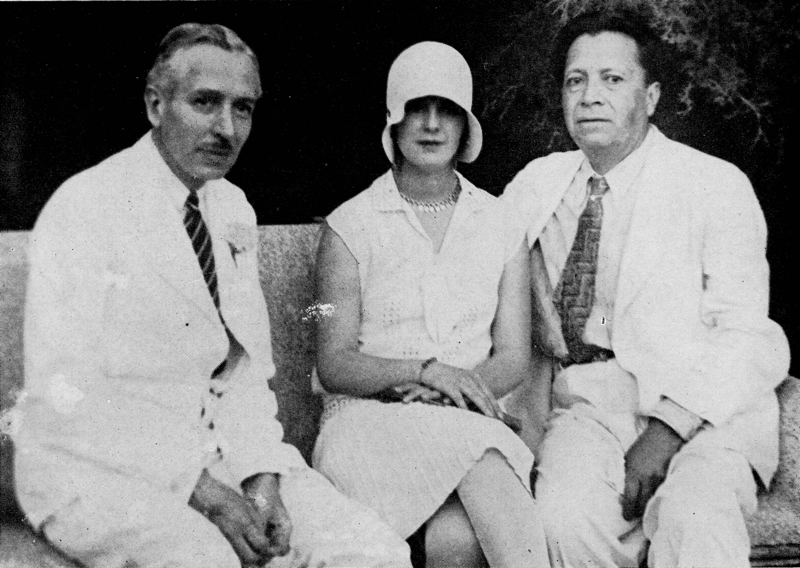Article and Photo by: Elise Urrutia
My experience of Miraflores and the life of my great grandfather, Dr. Aureliano Urrutia, began to unfold when I was a young woman in the 1970’s. My Dad (Dr. Aureliano A. “Bud” Urrutia) and I have explored the family history for years.
In October 2016, Robert Rivard encouraged me to write an article for the Rivard Report. The article is the source of Dr. Romo’s quotes of me in his articles, and is available at https://therivardreport.com/miraflores-dr-urrutias-lost-garden/. My upcoming book is about Miraflores and is entitled Miraflores, a Mexican Garden of Memory, Jardín Mexicano de la Memoria. It will be published soon, and contains in-depth information and stories about the garden, the Doctor and others who contributed to the life of the garden, and the meaning of the garden’s design, which carries a message of love for Mexico. For those who want to know more, I blog at www.quintaurrutia.com.
Urrutia accomplished his most important work, in addition to his beautiful San Antonio garden of Miraflores, as a world-renowned surgeon. In Mexico City, before the Mexican Revolution, he became head surgeon of Mexico’s national medical school by age 28. By about age 40, he became director of Mexico’s national medical school and its national hospital. Appointed to the Mexican government, he resigned in less than 100 days in the summer of 1913, and fled the country in May 1914.
In San Antonio, he re-built his practice, and for nearly 45 years served thousands of patients, many from San Antonio’s West Side, as well as dignitaries from Mexico, who often came to him for regular care or critical medical treatment. In 1926 he opened a clinic across from the Santa Rosa Hospital, practicing at both places. Well known for his diagnostic abilities, he was an innovator and a last-resort surgeon, who saved many lives after other doctors had issued death sentences for their patients. He was a leader who helped bridge San Antonio’s Hispanic and Anglo communities, and he was also active in the “exile community”—a community which included Ignacio Lozano, the founder of the original La Prensa, among others. Urrutia lived another 60-plus years in San Antonio, raising his large family, participating in community, and creating his magnificent garden. He became a U.S. citizen in 1942, retired from surgery at the age of 88, and passed away in 1975 at the age of 103. The life of Dr. Urrutia and his family in San Antonio will be the topic of my next book.
I long to hear stories of my heritage, especially from people whose parents and grandparents regularly spent time with my great grandfather. I am thankful for the opportunity to record these stories when people come forward with them. I hope that readers of La Prensa Texas will contact me at elise@quintaurrutia.com.









